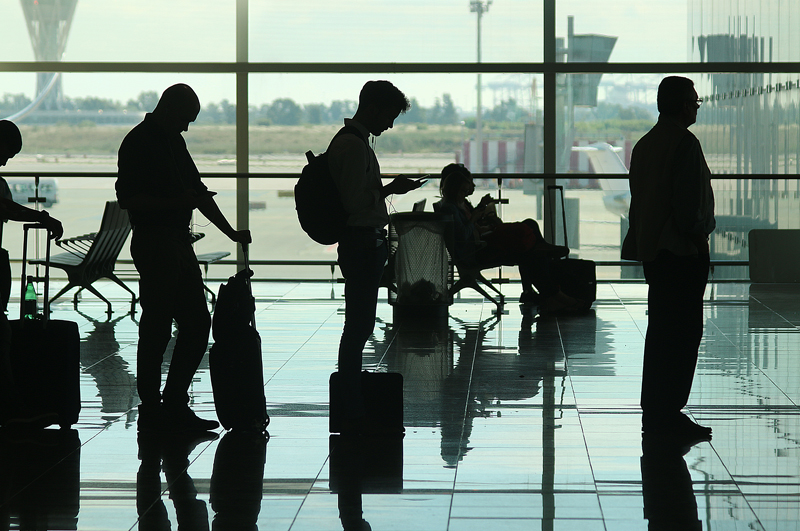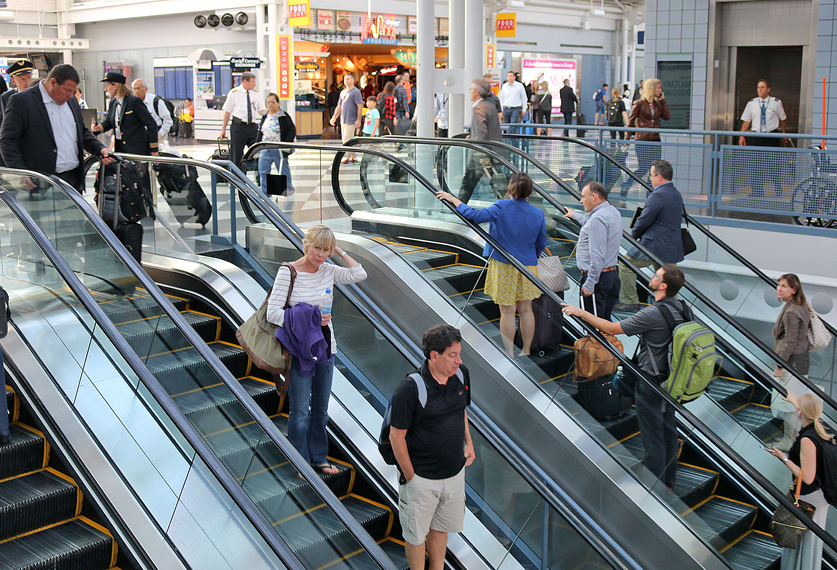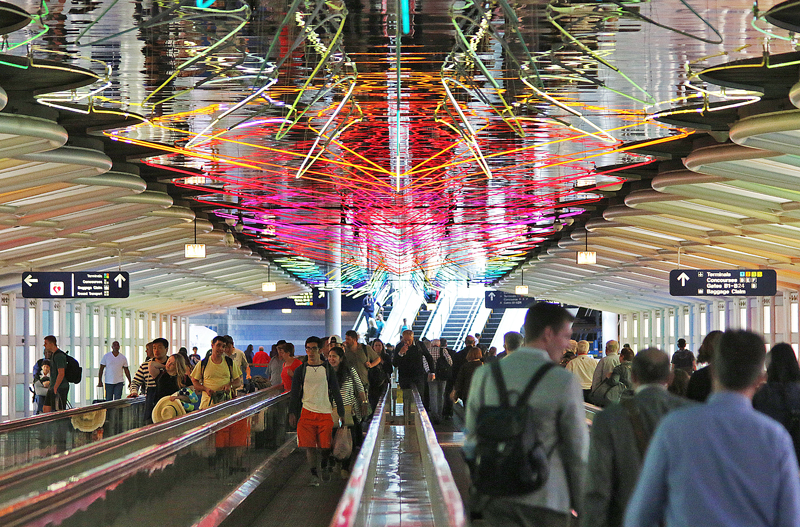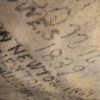Although most measles cases in the United States result from international travel, the risk of your exposure to measles is also currently possible at five different airports within the United States, as travelers who were confirmed to have been diagnosed with measles passed through the following airports during the month of December 2019:
- Austin-Bergstrom International Airport
- Chicago O’Hare International Airport
- Denver International Airport
- Los Angeles International Airport
- Richmond International Airport
Reducing the Risk of Measles When Traveling Through Airports

The measles disease should be taken seriously, as it is highly contagious and occurs with as many as 90 percent of “nonimmune people who were close to an infected person or who shared the same air space for up to 2 hours after the infected person left the room”, according to this article from the Centers for Disease Control and Prevention in Atlanta. “Person-to-person transmission occurs primarily by breathing in infected respiratory tract secretions (spread when an infected person coughs or sneezes). Touching a contaminated surface followed by touching one’s eyes, nose, or mouth can also result in infection.”
According to the aforementioned article, the measles rash typically begins as flat red spots which appear on the face at the hairline and spread downward. Small raised bumps may also appear on top of the flat red spots, which may become joined together as they spread from the head to the rest of the body. A mild to moderate fever may then occur — often accompanied by a persistent cough, runny nose, inflamed eyes or conjunctivitis, and sore throat. This relatively mild illness may last two or three days.
Signs and symptoms of the measles include:
- High fever — peaking as high as 105.8° Fahrenheit or 41° Celsius
- Dry cough
- Runny nose
- Sore throat
- Red, watery eyes or inflamed eyes — conjunctivitis
- Tiny white spots with bluish-white centers on a red background found inside the mouth on the inner lining of the cheek — which are also called Koplik’s spots
- A skin rash made up of large, flat blotches that often flow into one another
- Rash appearing within three to five days after the initial symptoms appear

Although the incubation period — which is the time from exposure to a disease to the beginning of experiencing the symptoms — is between seven to 21 days, people more commonly endure an incubation period of between eight to 12 days. No signs or symptoms of measles is evident during the incubation period.
The infection occurs in sequential stages over a period of two to three weeks.
The contagious period or communicable period of an individual who is diagnosed with measles is from four days before through four days after the rash appears — with the beginning of rash considered as Day 0. A person with measles can spread the virus to others for approximately eight days.
“Since April 2018, CDC has been conducting an unprecedented number of contact investigations after people traveled on commercial flights while contagious with measles”, according to the aforementioned article. “Airline crew and passengers can avoid becoming infected and prevent the spread of measles by being fully vaccinated against measles (or by having other evidence of immunity against measles), and by not traveling while sick, especially if they have fever.”
Other facts pertaining to measles include:
- Approximately 1 out of 5 people who get measles will be hospitalized.
- 1 out of every 1,000 people with measles will develop brain swelling due to infection — also known as encephalitis — which may lead to brain damage.
- 1 to 3 out of 1,000 people with measles will die — even with the best care.
Reduce the Risk: Vaccination Recommendations for International Travelers
The measles-mumps-rubella vaccine is very safe and effective, according to the aforementioned article. Two doses of the measles-mumps-rubella vaccine are approximately 97 percent effective at preventing measles; one dose is about 93% effective.
The Centers for Disease Control and Prevention recommends that all people planning international travel, including flight crew, be vaccinated as follows:
- Infants aged 6–11 months. Give one dose of MMR vaccine. This dose does not count as the first dose in the routine childhood vaccination series.
- People 12 months old or older, without other presumptive evidence of measles immunity. Give two appropriately spaced doses of measles-containing vaccine. (For MMR, this means administering the second dose at least 28 days after the first. For measles, mumps, rubella, varicella vaccine, this means administering the second dose at least 3 months after the first.)
- People 12 months old or older who have written documentation of one dose and no other presumptive evidence of measles immunity. Give one additional dose before travel.

The vaccine should not be administered to persons who previously experienced a severe allergic reaction to the vaccine or a vaccine component, have a known severe immunodeficiency, or are pregnant.
“Also called rubeola, measles can be serious and even fatal for small children. While death rates have been falling worldwide as more children receive the measles vaccine, the disease still kills more than 100,000 people a year, most under the age of 5”, according to this article from the Mayo Clinic. “As a result of high vaccination rates in general, measles hasn’t been widespread in the United States for more than a decade. The United States averaged about 60 cases of measles a year from 2000 to 2010, but the average number of cases jumped to 205 a year in recent years.”
The number of reported cases for the year 2019 through Thursday, December 5 is 1,276.
Other Ways to Reduce the Risk of Contracting Measles
In addition to having the proper dosage of the measles-mumps-rubella vaccine administered to you, other ways in which you can reduce the risk of exposing yourself to the measles disease include the following:
- Wear a face mask — or at least use your arm to cover your mouth and nose with tissues when coughing.
- Minimize contact with the sick person — and if possible, the sick person should ideally be separated from other passengers.
- Treat any body fluids — including sputum or other respiratory secretions — as potentially infectious.
- Wear disposable gloves when touching potentially contaminated body fluids or surfaces. Properly dispose of gloves and other disposable items which came in contact with the sick person or body fluids.
- Ensure that potentially contaminated surfaces are properly cleaned.
- Practice proper washing of your hands.
Summary
The Centers for Disease Control is a wealth of information pertaining to measles; and you can find out much more about this disease — and ways to mitigate the risk of you contracting it — by clicking on the following links:
- General information pertaining to measles
- Signs and symptoms of measles
- Information for the health of travelers pertaining to measles for 2020
- Details pertaining to the measles-mumps-rubella vaccine
- Protecting the health of travelers from airport to community: investigating contagious diseases on flights
- Recommendations specifically for cabin crews and airline management
- Prevention of the spread of diseases for members of flight crews
- Measles information for health care professionals
All photographs ©2015, ©2017 and ©2018 by Brian Cohen.

